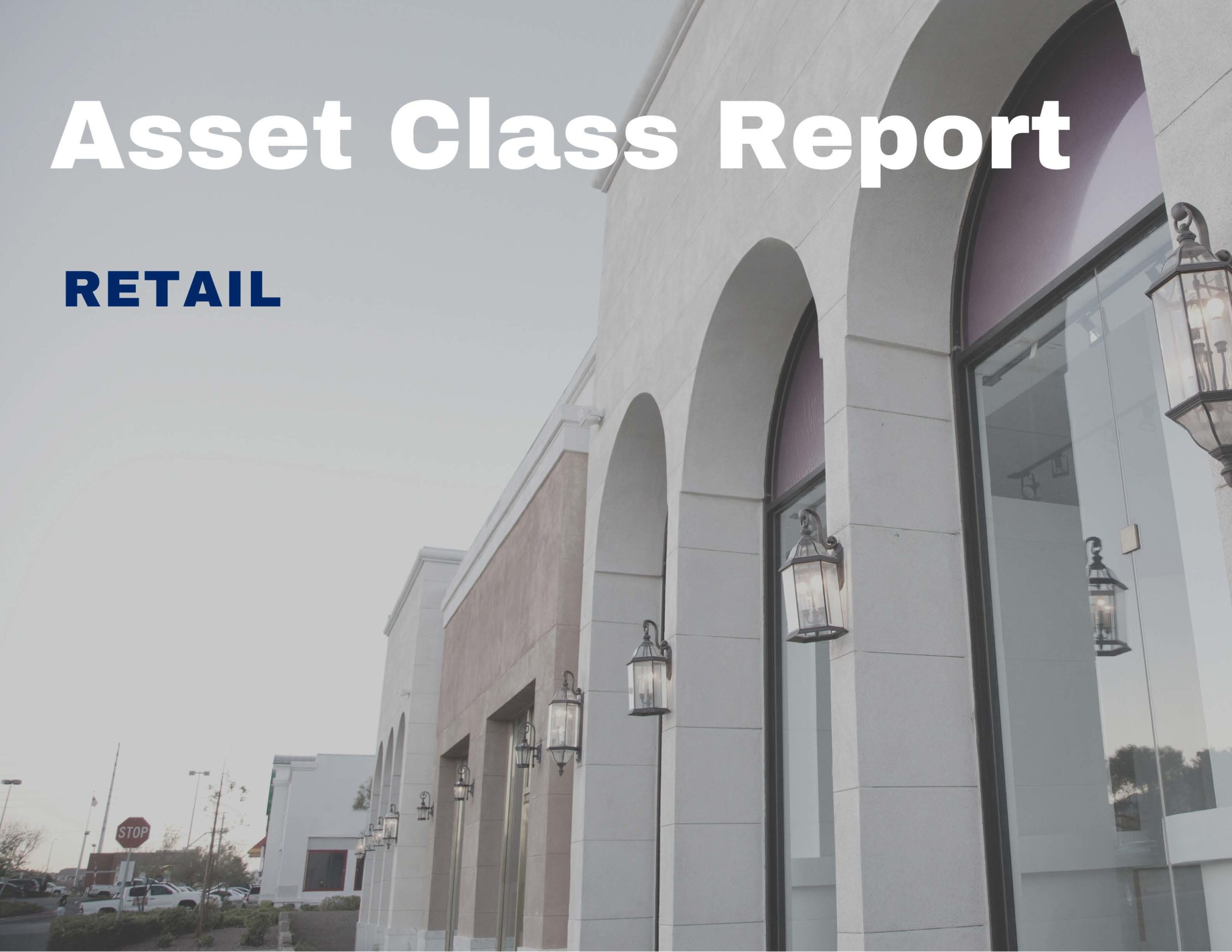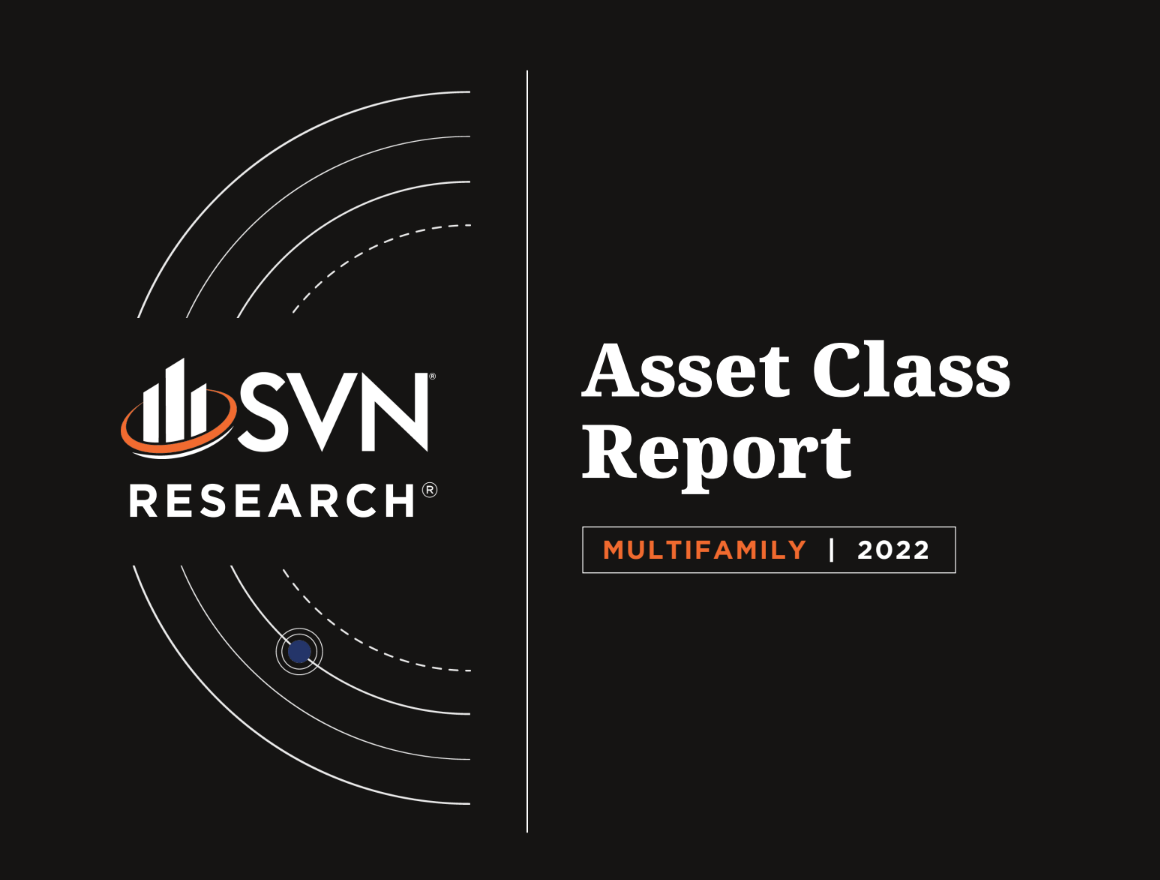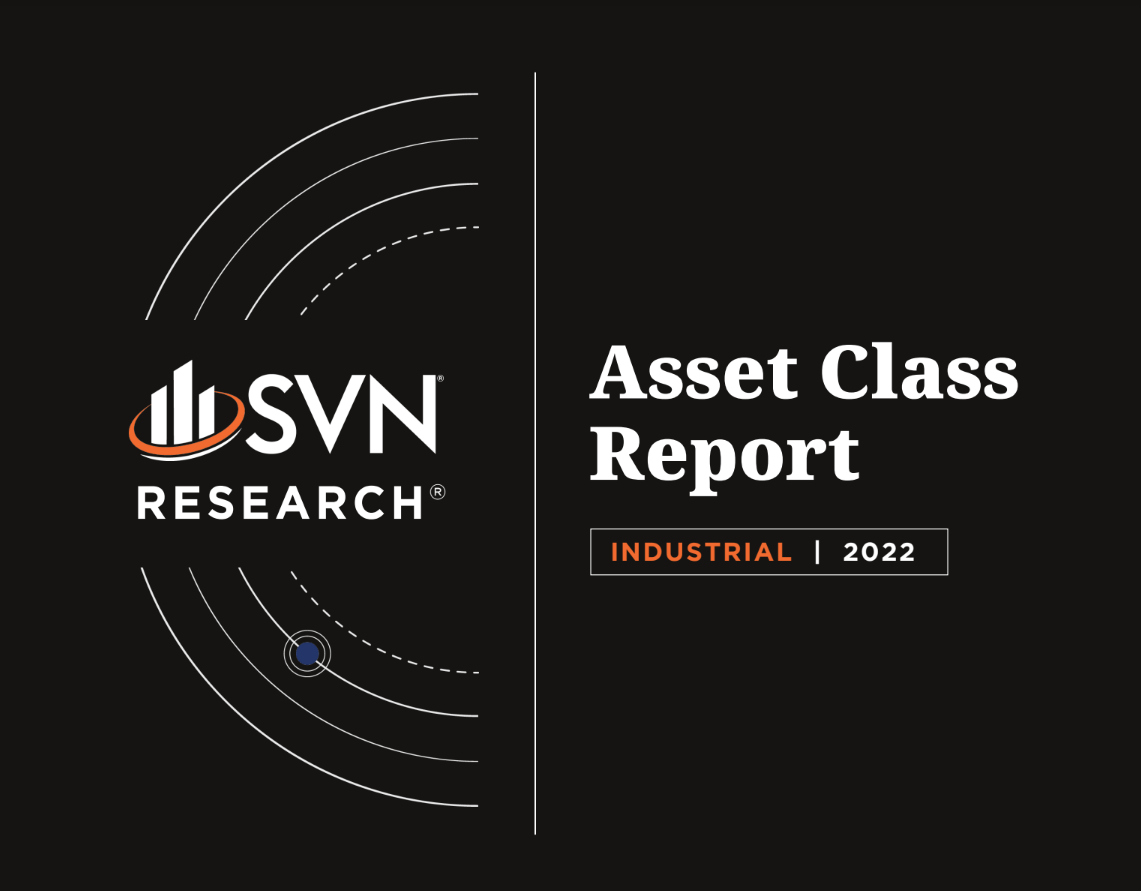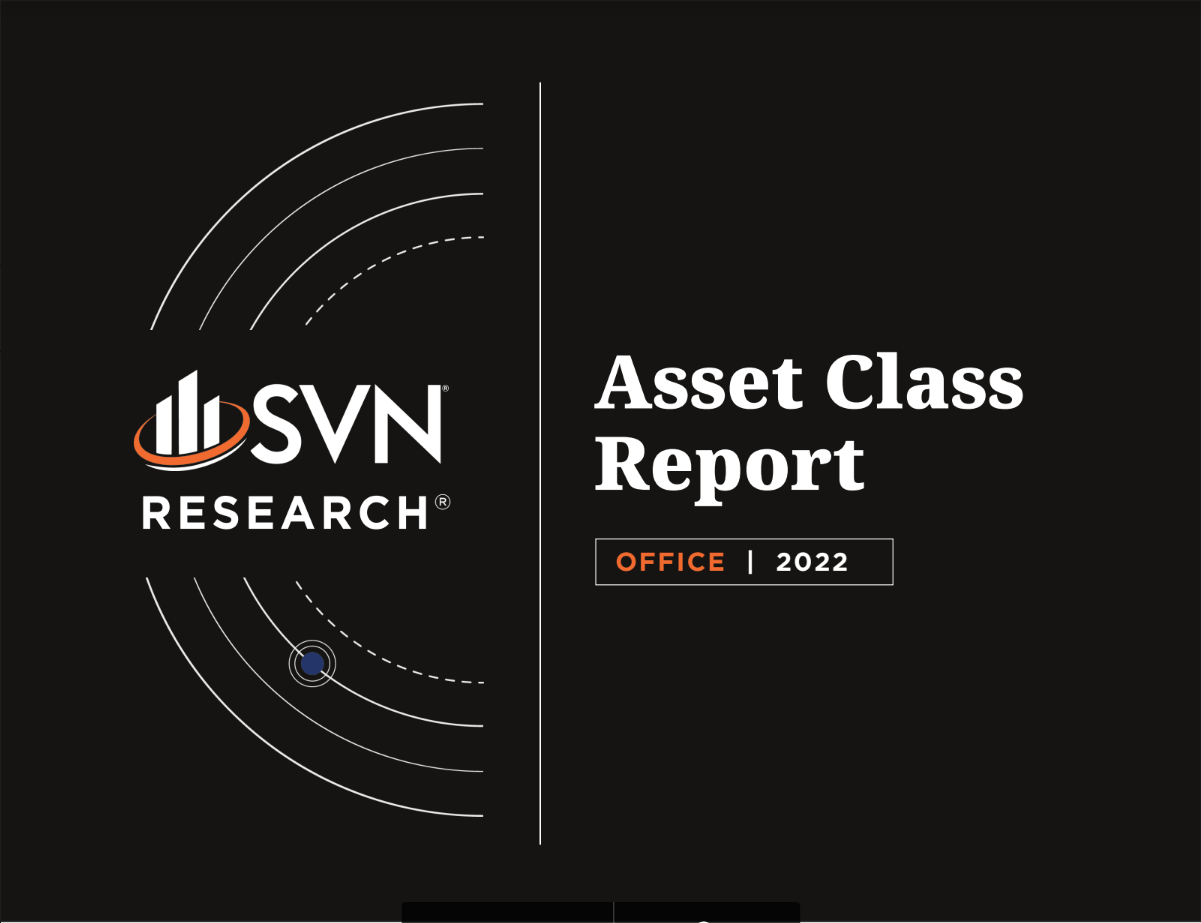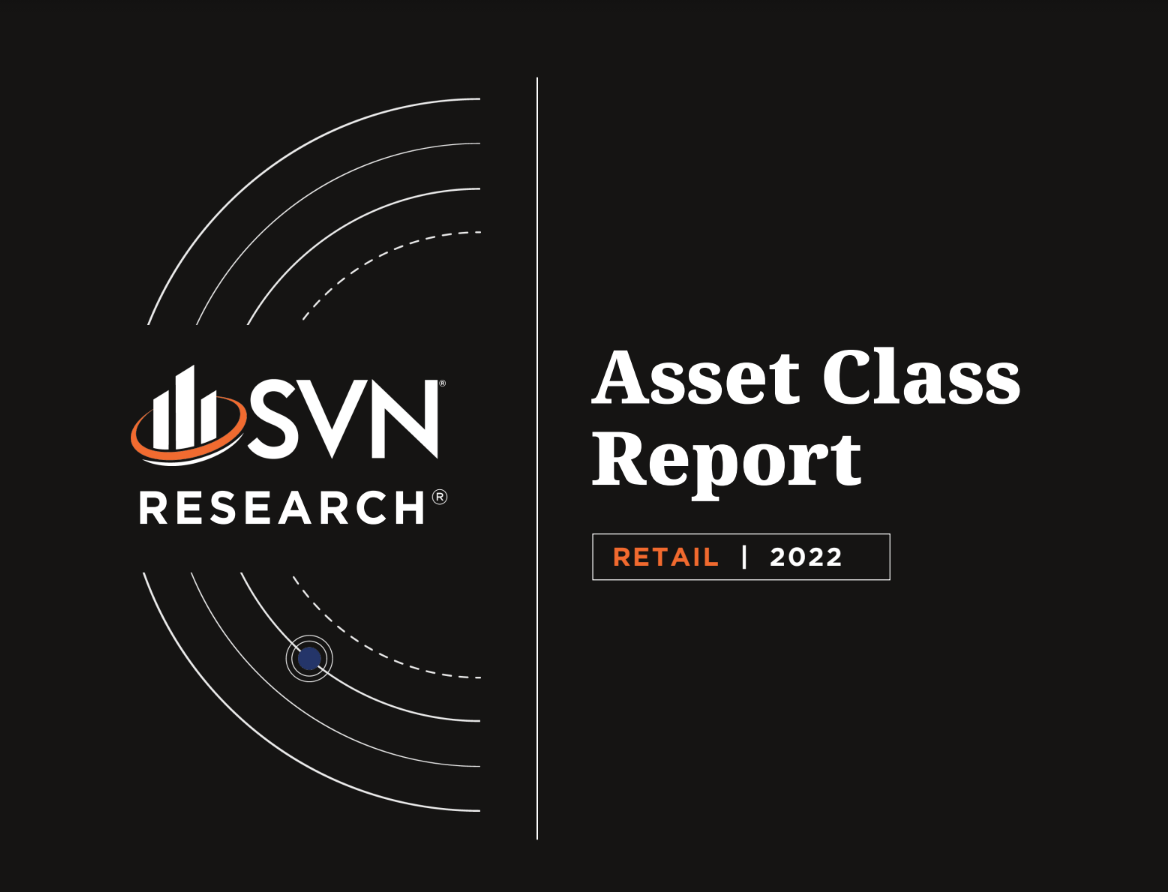admin / March 18, 2022
Commercial Real Estate Economic Update 3.18.22
Commercial Real Estate Economic Update 3.18.22
Featured topics:
The Fed Raises Interest Rates
Potential Sanctions’ Impact On CRE
Short Term Energy Outlook
Consumer Price Index
Job Openings and Labor Turnover Survey
New Business Applications
Return To Office In Gateway Markets
Environmental, Social, and Governance (ESG)
The Great Resignation
Leading Indicator of Remodeling Activity (LIRA)
Commercial Real Estate Economic Update 3.18.2022 – (Download Full PDF)
1. THE FED RAISES INTEREST RATES
• For the first time since 2018, The Federal Reserve’s policy-setting committee raised interest rates as they pivot away from recovery-focused accommodations towards a more aggressive fight against persistent domestic inflation.
• The Federal Funds rate was raised by 25 basis points, moving from the 0-0.25% range that it has been at since March 2020 to a target range of 0.25%-0.50%. Leveraging results tabulated from the recent Summary of Economic Projections released on March 16th, FOMC members, on average, project six more rate hikes in 2022 in an effort to curb inflationary pressures not seen in more than 40 years.
• Throughout the pandemic-recovery, The Fed consistently signaled its commitment to an accommodative policy regime as the US economy dealt with the macroeconomic scars of COVID-19 case surges and related restrictions on activity. As GDP recovered and labor market distress continued to subside in 2021, policymakers began pivoting their focus to tempering high inflation as stronger consumer demand bucked up against supply constraints.
• The challenge for the Fed now will be to moderately slow the economy enough to relieve inflationary pressures without kicking the US economy into recession. The FOMC’s decision to raise rates despite increased economic and geopolitical uncertainty stemming from the War in Ukraine may be a signal that they are willing to accept a degree of economic pain in order to reduce inflation.
2. POTENTIAL SANCTIONS’ IMPACT ON CRE
• Where there are few direct links between the economic sanctions recently levied against Russian companies and the success of US Commercial Real Estate, there are a few noteworthy changes that may make it more crucial for companies and managers to increase their due diligence.
• As part of the recent sanctions package, the US Treasury added additional names of people and companies to add to their Office of Foreign Asset Control (OFAC) list. It is already commonplace in commercial real estate transactions for contracts to include language that ensures that an investor is not part of the OFAC list, but as usage and enforcement of the sanctions tools push through the economy, individuals and companies involved in real estate transactions will need to be as careful as ever to avoid potential fines and administrative penalties.
• Large brokerages who conduct business in Russia have already started to suspend operations in leasing, investment, and property management services, with some extending their suspensions to Belarus. For brokerages with less international exposure, the impact will be slim to none. However, some risk has arisen domestically. Anecdotal references to wealthy Russian real estate clients canceling upcoming deals or altering plans out of fear of asset seizure have popped up in recent weeks, but there is scant data available on where or how much this exposure has materialized.
3. SHORT TERM ENERGY OUTLOOK
• Forecasts for the short-term energy outlook compiled by the US Energy Information Administration (EIA) highlight increased uncertainty in global energy markets stemming from Russia’s invasion of Ukraine, among other factors.
• According to the EIA, Brent crude oil spot prices averaged $97 per barrel in February, an $11 per barrel increase from January. During the first week of March, as tensions in Ukraine increased and western sanctions began to take hold, daily spot prices for Brent crude closed close at $124 per barrel.
• Adding to price pressures is the cyclical low that oil production has experienced over the past several quarters. According to the EIA, global oil inventories have fallen steadily since Q3 2021 and are estimated to have fallen further during the first two months of 2022. Production decisions by OPEC+ and US natural gas producers in the coming weeks will provide a more accurate short-term outlook for oil prices. Initial signals by OPEC+ members have suggested an unwillingness to increase production in order to alleviate prices, though one member nation, The United Arab Emirates (UAE), has been more ambiguous on their commitments.
4. CONSUMER PRICE INDEX
• Consumer prices rose 7.9% year-over-year through February, according to the Bureau of Labor Statistics’ Consumer Price Index (CPI). Year-over-year price increases have now accelerated for six consecutive months and have remained elevated above the Federal Reserve’s 2% inflation rate target since March 2021. (Note: the Fed explicitly uses the PCE Deflator as its preferred gauge of inflation but still considers CPI a key indicator of macroeconomic inflation).
• Prices climbed by 0.8% month-over-month on a seasonally adjusted basis, rising above January’s increase of 0.6%. Gasoline, food, and shelter were the largest contributors to February’s uptick, rising respectively by 6.6%, 1.0%, and 0.5% on a month-over-month basis.
• After weighting for relative importance, Gasoline prices accounted for roughly one-third of all inflation in February. Overall gasoline prices have climbed by 38.0% in the past 12-months, while fuel oil prices specifically have risen further, climbing by 43.6% in the past 12-months.
• Core-CPI, which removes food and energy prices that tend to be more volatile and less responsive to monetary policy decisions, increased by 0.5% month-over-month and 6.4% year-over-year. The increase in shelter costs accounted for just over 40% of all inflation in non-food or energy goods and services.
5. JOB OPENINGS AND LABOR TURNOVER SURVEY
• The number of job openings in the US was little changed in January from the previous month, standing at 11.3 million on the last business day of January, according to the Bureau of Labor Statistics.
• Hires and separations were also little changed at 6.5 million and 6.1 million, respectively. The quits rate fell to 2.8%, while layoffs and discharges were little changed at 0.9%.
• The fall in quits was most apparent in retail trade jobs, which saw 69k fewer people quit in January than in December. Finance and Insurance related roles saw the highest number of quits in January, reaching 30k.
• In the past 12-months, 76.4 million people in the US have started new jobs, while 70.0 million have separated from their previous job, charting a net employment gain of 6.4 million since January 2021.
6. NEW BUSINESS APPLICATIONS
• New business applications fell by 2.1% in February from January, according to the latest release of the Census Bureau’s experimental Business Formation Statistics.
• Roughly 420k new businesses were created last month, derived from applications for new Employer Identification Numbers (EIN) filed with the IRS. 135k of these businesses are considered “high propensity,” a drop of 3.0% from January. Newly formed businesses with planned wages dropped by 1.6% to 48k while new corporations dropped by 4.9% to 49k.
• Agriculture led all industries in newly formed business in February, adding 3,473 businesses, while Utilities had the highest percent increase at 14.6%. Retail trade slowed the most, producing 6.6% fewer new businesses in February than January.
7. RETURN TO OFFICE IN GATEWAY MARKETS
• Data produced by keycard operator Kastle systems shows that in March, office occupancy returned to pre-Omicron levels.
• Since March 2020, activity at office buildings has sat in a pandemic-era lull. However, activity had started to improve as the Delta subsided in the Fall of 2021. Pandemic-era office occupancy peaked on December 1st, 2021, with a 40.6% physical occupancy rate before plummeting again as Omicron cases began to surge across the US. In Kastle’s most recent weekly survey on March 9th, office occupancy climbed back to 40.5%
• The Kastle survey relies on data from office access systems in place across 10 US Cities. As of March 9th, Austin led all cities with a 58.3% occupancy rate, followed by Houston at 52.4% and Dallas at 50.7%. San Francisco remained the lowest in the US, with an office occupancy rate of just 29.4%.
8. ENVIRONMENTAL, SOCIAL, AND GOVERNANCE (ESG)
• A survey by Deloitte of 300 senior finance, legal, and sustainability leaders found an increase in the preparation and adoption of reliable data by companies for ESG reporting. This comes amid growing ambitions by the business landscape to address environmental and social concerns while attempting to accurately account for the risks and potential value creation opportunities presented by ESG.
• 57% of survey respondents say that data availability and quality are the biggest challenges to ESG, which may explain the disconnect between firms and managers with ESG ambitions those with the structures in place to work towards them. 57% of respondents indicate that they are working to implement ESG working groups within their firms, but just 21% of respondents say that they currently have an ESG working group dedicated to implementing ESG strategies.
• Roughly 8-in-10 respondents believe that they will need additional resources to generate ESG disclosures, while 9-in-10 respondents specifically listed technology as the primary need to help enable complete and accurate ESG disclosures.
9. THE GREAT RESIGNATION
• A new Pew Research poll on March 9th shows that a majority of workers who quit their job in 2021 cited low pay, no opportunities for advancement, or a lack of feeling respected as the reasons for departing.
• A net 63% indicated both low pay and lack of advancement opportunities as one of the main reasons for leaving, while 57% indicated feeling disrespected at work. Despite the attention that relocation efforts have been given in the search for answers to the sky-high quits rates seen in 2021, only 35% of respondents indicated that wanting to relocate accounted to a different area was a reason for leaving.
• Roughly half of the respondents cited child care burdens as a reason for quitting, with a similar share pointing to a lack of flexibility in their work hours.
• In a separate question that asked specifically whether the COVID-19 outbreak contributed to their decision to quit, 31% indicated that they were.
10. LEADING INDICATOR OF REMODELING ACTIVITY (LIRA)
• The Leading Indicator of Remodeling Activity Index (LIRA) is a quarterly measure of short-term national home improvement spending on owner-occupied homes produced by the Joint Center for Housing Studies at Harvard University (JCHS). The index projects out four-quarters of remodeling activity and, in its most recent update, signaled that activity could reach a new peak in 2022.
• Historical estimates show that activity has steadily increased over the past several quarters. Utilizing a four-quarter moving percent change, after falling from a Q1 2020 peak of 3.2% to a pandemic-low of 1.5% in Q3 2020, the activity has accelerated in each successive quarter, reaching a four-quarter moving average of 9.4% in Q4 2021.
• JCHS projects that the moving average will rise to 11.3% in Q1 2022 before accelerating faster into Q2, with a forecast of 15.2%. The acceleration in activity is expected to peak in Q3 2022 at 19.7% before receding modestly to 17.3% in Q4.
SUMMARY OF SOURCES
• (1) https://www.federalreserve.gov/monetarypolicy/files/fomcprojtabl20220316.pdf
• https://www.cnbc.com/2022/03/16/federal-reserve-meeting.html
• (2) https://www.jdsupra.com/legalnews/the-effect-of-us-sanctions-against-7609385/
• https://www.gravel2gavel.com/commercial-real-estate-brokerages-in-an-uncertain-russianmarket/
• (3) https://www.eia.gov/outlooks/steo/
• (4) https://www.bls.gov/news.release/cpi.nr0.htm
• (5) https://www.bls.gov/news.release/jolts.nr0.htm
• (6) https://www.census.gov/econ/bfs/data.html
• (7) https://www.kastle.com/safety-wellness/getting-america-back-to-work/
• (10) https://www.jchs.harvard.edu/press-releases/boom-home-remodeling-may-peak-2022
©2022 SVN International Corp. All Rights Reserved. SVN and the SVN COMMERCIAL REAL ESTATE ADVISORS logos are registered service marks of SVN International Corp. All SVN® offices are independently owned and operated. This is not a franchise offering. A franchise offering can only be made through a Franchise Disclosure Document.
Look for all of the 2022 Commercial Asset Class Reports at southlandcommercial.com (linked below).
Multi-family Commercial Asset Class Report
Retail Commercial Asset Class Report
Office Commercial Asset Class Report
Industrial Commercial Asset Class Report
View all current SVN Southland listings here.



